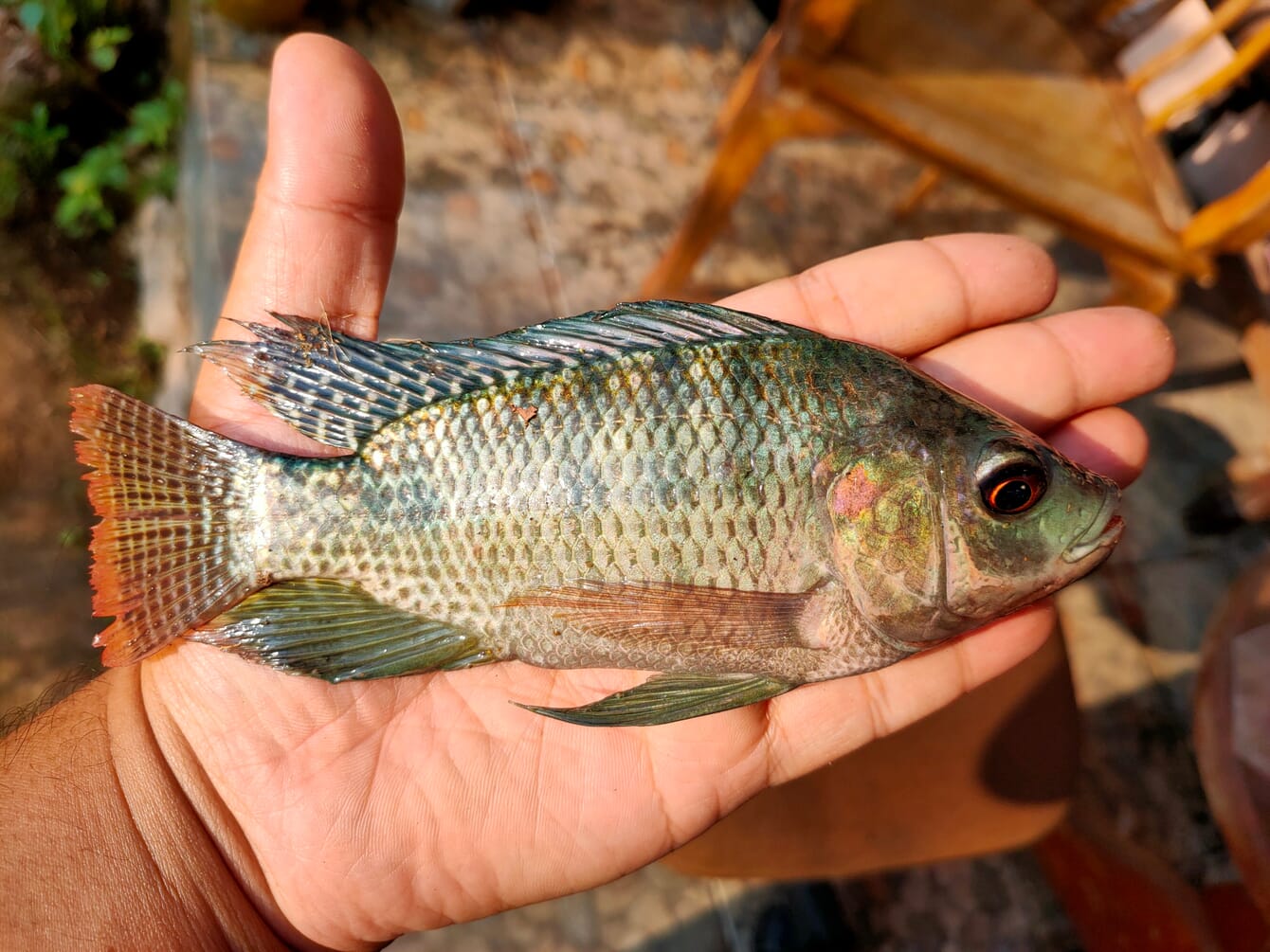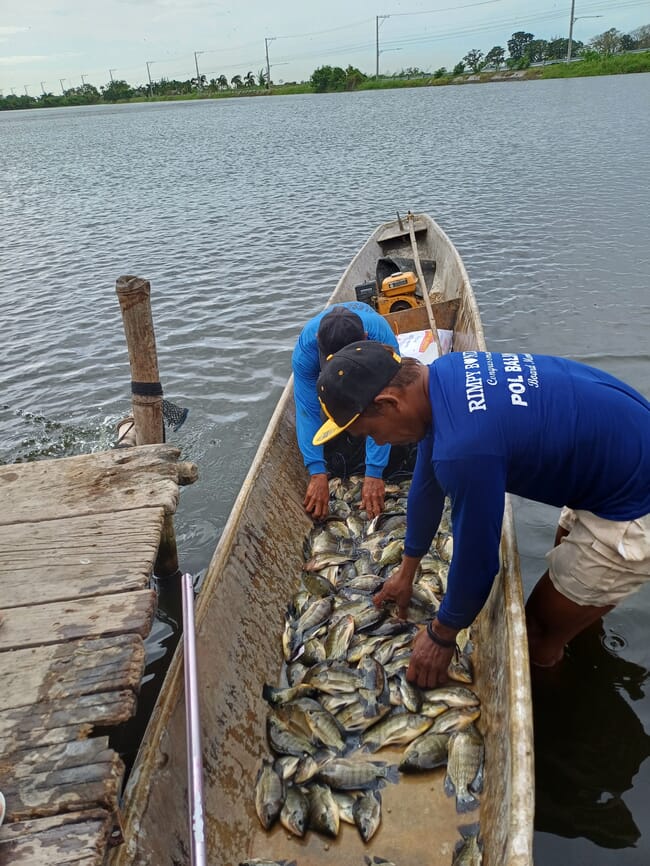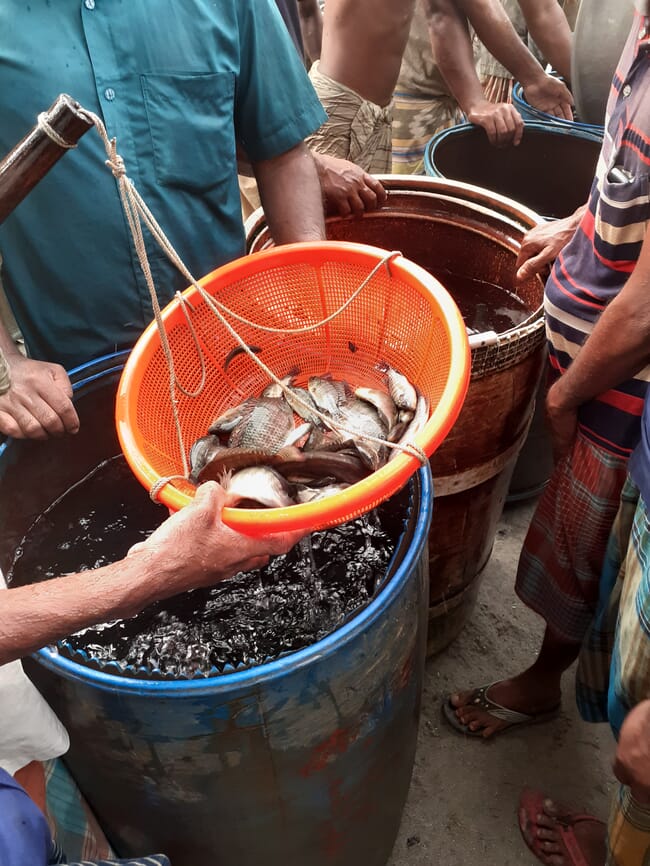
They also tend to be quicker and easier to produce
Following on from previous research into the viability of mixed-sex tilapia production as an alternative to the commercial norm of monosex cultures, researchers from the University of Stirling’s Institute of Aquaculture recently examined the importance of access to smaller, more affordable tilapia for low-income communities in Southeast Asia and Africa.
As they note, while initially hailed as an ideal candidate for small-scale subsistence farming, the attitude towards tilapia farming has radically changed over the last 60 years. Production has become increasingly technical and, driven by rapid urbanisation and the growth of the middle classes in Africa and Southeast Asia, the demand for larger fish encouraged a shift towards greater commercialisation and monosex farming practices.
“Tilapia are easy to produce in simple systems with minimal feed inputs and can become an almost self-replicating subsistence form of food. I think this was an idea that was quite powerful in its time and took off across large areas, but it fell slightly by the wayside as people realised that that type of aquaculture production didn't stimulate much in the way of economic change,” explains Dave Little, Professor of aquatic resources and development at the University of Stirling.
“The fact is that what we've seen casting back over 50 years, it's not really been subsistence-orientated aquaculture that's made big strides in the volumes we see around the world. It's people producing fish for money,” he explains.
The demand for small fish persists
Despite this culture shift resulting in an increased demand for larger, more expensive tilapia, the importance of smaller fish remains for the many people who rely on access to this affordable protein and nutrient-rich food.
“Even in countries where tilapia are [mainly wild caught], such as in Sri Lanka, people may say they want to eat large fish, and if you ask a Sri Lankan in a rural area of the northwest where we did quite a lot of research, they'll say 'yeah, I want a large fish,' but when they put their hand in their pocket, they end up buying smaller fish because that's what they can afford and that's what the artisanal fisheries could provide very, very cheaply,” Little explains.
This continued demand for small, affordable tilapia highlights a significant drawback in the widespread adoption of monosex farming practices, which tend to be geared towards the production of large, and therefore more expensive, fish.
Simultaneously, Little’s anecdote suggests the value of mixed-sex farming practices, which produce smaller females in addition to larger males, and so can provide poorer consumers with a stable and secure source of food, while also meeting the demands of other demographics.
Alexander Kaminski, another aquaculture researcher at the University of Stirling, reports similar experiences of consumer preferences differing from producer perceptions in Zambia, where he has investigated the importance of smallholder fish farming as a route to bolstering food security.
“I think everyone just assumes the bigger the better. But no one's really done that analysis to ask who's actually using the fish,” he observes.

© Prof Dave Little
Big players go small
The impacts of the move towards large-scale, often monosex, farming practices affect more than just the end consumer, as they can also have consequences in other parts of the supply chain. Looking back on his PhD days, when he was involved in the establishment of monosex tilapia hatcheries in Thailand, Little explains the – often exclusionary – nature of these practices.
“I think that the point of inclusive value chains is really important because what we quickly realised when we were setting up joint ventures for monosex hatcheries during the mid-1980s was that these required very large investments. It meant the exclusion of people who until that time had made a business out of producing mixed sex tilapias quite competently and of quite good quality,” Little reflects.

Typically farmers will sell some of them live for on-growing and consume some directly at home © Prof Dave Little
In light of this, it could be expected that a return to traditional farming methods, driven by the demand for smaller fish, would favour medium and small-scale producers. Interestingly, this has not been the case, and while the shift towards monosex tilapia favoured large commercial producers over small-scale farmers, it is also these large industry players who are exploring the viability of a return to mixed-sex production, in order to meet the demands of a now underserved demographic.
“I think in Kenya we see something a little bit different. We see Victory Farms starting to produce smaller tilapia, and they said this came about during Covid, when they were just trying to sell fish a bit more locally and realised there was this huge untapped market for these smaller fish,” says Alexandra Pounds, a colleague of Little and Kaminski, who researches the importance of small-scale rural fisheries and aquaculture for meeting the food security and nutritional needs of poor communities.
While monosex tilapia farms still tend to beat mixed sex culture in terms of profit margins, this provision of smaller fish by large commercial players could still be a viable strategy, says Kaminski, depending on the goals of a given company. Or perhaps this is simply a method best left to medium- and small-scale producers, who can still provide affordable and accessible food to those who need it.
“The [monosex system] was still the best in terms of margins, but again it comes back to what farmers would like to do. So yes, it’s about focusing on the end users but also looping back and getting more information from farmers to try to see which system matches what they want to do and their financial needs,” Kaminski says.
Here Kaminski, along with his fellow researchers, highlights the significant knowledge gaps present concerning tilapia farming in Africa and Southeast Asia, where the industry is often a significant pillar of food security. The demand for small tilapia undeniably exists, as it has since the beginning of the industry, but how it will be met in the modern climate, which differs significantly from that of 50 years ago, remains to be seen.

© Alexandra Pounds


